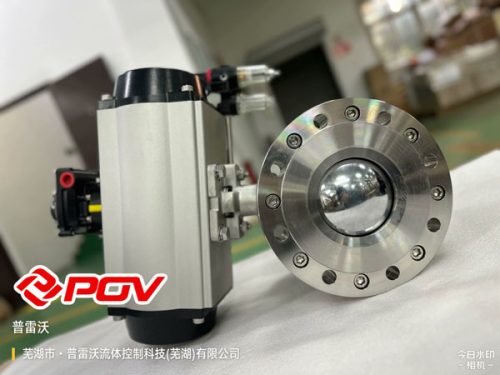Pressure measurement plays a vital role in ensuring the smooth and efficient operation of industrial systems. The difference between PSIG vs PSI may seem subtle, but it has a significant impact on the performance of key components. For instance, understanding pressure readings is crucial for maintaining the accuracy of systems that rely on a ball valve for flow regulation, a gate valve for on/off control, or a butterfly valve for throttling purposes. Similarly, specific applications may require the precision offered by a pneumatic valve or the reliability of an electric valve to handle varying pressure demands. This guide aims to demystify the distinctions between PSIG and PSI, helping you make informed decisions to optimize your industry’s pressure systems.
Introduction psig vs psi
Accurate pressure measurement is essential for ensuring the reliability of components like flanged ball valves, pneumatic ball valves, and 3 way ball valves in industrial systems. The distinction between PSIG and PSI is critical when calibrating precision instruments such as an electric ball valve or a globe valve, where even slight variations can affect performance. Equally, devices like a pneumatic control valve rely on a clear understanding of these pressure measurements to maintain optimal functionality and safety. This guide sheds light on these key differences to support efficient system operations.
What is PSI?
PSI, or pounds per square inch, represents pressure measured as force per unit area. It is often used in industries to assess systems involving components like ball valves, gate valves, and butterfly valves. PSI provides a standard for evaluating internal or external pressure, particularly in imperial measurement systems, ensuring compatibility across various applications.
Definition of PSI as a unit of pressure measurement.
PSI, or pounds per square inch, is a unit used to measure pressure. It represents the force applied over one square inch of surface area. PSI is widely used across industries to quantify the pressure within systems like pipelines, tanks, or machinery, ensuring they operate within safe and functional limits. This measurement is critical for calibrating equipment and maintaining consistent system performance.
Comparison between absolute pressure (PSIA) and gauge pressure (PSIG).
PSIA, or absolute pressure, measures pressure relative to a perfect vacuum, accounting for atmospheric pressure in its readings. PSIG, or gauge pressure, measures pressure relative to the surrounding atmospheric pressure, excluding it from the calculation. The difference between the two is the atmospheric pressure, which is approximately 14.7 PSI at sea level. Understanding this distinction is essential for selecting the appropriate measurement for specific applications.
Example of how PSI is used in maintaining systems with components like pneumatic control valves and flanged ball valves.
PSI is used to monitor and regulate pressure levels in systems with components like pneumatic control valves and flanged ball valves. By measuring PSI, operators can ensure the system maintains the required pressure for proper valve operation and prevent potential issues such as leaks or performance inconsistencies. This helps maintain system efficiency and compliance with operational standards.
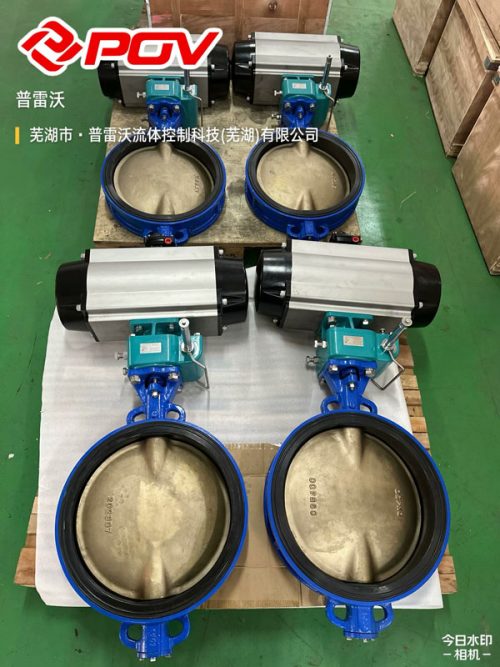
Understanding PSIG in Industrial Applications
PSIG, or pounds per square inch gauge, measures pressure relative to atmospheric pressure. It is crucial in industrial applications to ensure accurate system performance, especially when using components like pneumatic valves, electric valves, flanged ball valves, and pneumatic ball valves. PSIG accounts for pressure variations, making it essential for maintaining operational reliability and consistency across various systems.
Detailed explanation of PSIG and how it differs from PSI.
PSIG, or pounds per square inch gauge, measures pressure relative to the atmospheric pressure surrounding it. PSI, on the other hand, refers to pounds per square inch and is a general unit of pressure measurement that can include absolute or gauge readings. The difference lies in how atmospheric pressure is considered—PSIG excludes it, while absolute pressure measurements include it. This distinction is critical in industrial applications to determine whether pressure readings account for atmospheric conditions.
Importance of PSIG when specifying pressure tolerances for devices such as pneumatic valves and globe valves.
PSIG is important when specifying pressure tolerances for devices such as pneumatic valves and globe valves because it measures pressure relative to the surrounding atmospheric pressure. This allows operators to determine the precise operating conditions needed for these components. Using PSIG ensures that devices function within the correct pressure range, preventing issues such as malfunction or damage while maintaining system reliability.

PSIG vs PSI in Industrial Valves
PSIG and PSI are both units used to measure pressure, but they differ in reference points. PSI measures absolute pressure, while PSIG accounts for atmospheric pressure, making it gauge-based. This distinction is important when selecting industrial valves like 3 way ball valves, electric ball valves, globe valves, or pneumatic control valves, as the correct measurement ensures proper system compatibility and functionality.
Comparison of PSIG and PSI usage across industrial valves.
PSIG and PSI are both used to measure pressure in industrial valves, but their applications differ based on the reference point for measurement. PSI serves as a general unit for measuring pressure, used for both absolute and gauge pressure readings. PSIG, however, specifically measures pressure relative to atmospheric pressure, making it useful for assessing and maintaining proper valve performance under operating conditions. Understanding when to use PSIG or PSI helps ensure accurate pressure management in systems involving industrial valves.
Selecting suitable valves such as 3 way ball valves and electric ball valves based on pressure requirements.
When selecting valves like 3-way ball valves and electric ball valves, understanding the pressure requirements is essential to ensure proper functionality. Using measurements like PSIG or PSI, operators can evaluate whether the valve design can handle the specific system pressure. This helps match the valve’s pressure tolerance with the application’s operating conditions, avoiding performance issues and ensuring reliable operation.
Testing and calibration of gate valves and pneumatic ball valves under PSIG conditions.
Testing and calibration of gate valves and pneumatic ball valves under PSIG conditions involve measuring the pressure relative to atmospheric pressure to ensure accurate performance. This process verifies that the valves operate within the specified pressure range and meet the required standards for use. Using PSIG ensures that the pressure tests account for real operating conditions, helping maintain system reliability and functionality.
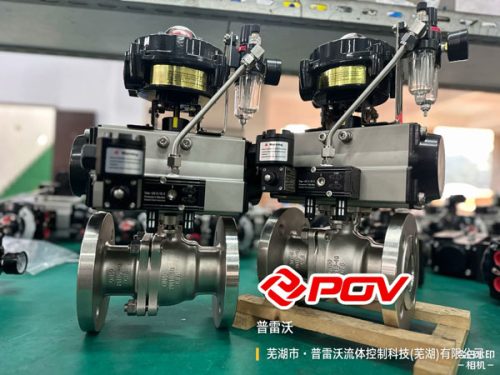
Why the Difference Matters in Specific Valve Operations
Understanding the difference between PSIG and PSI is critical in valve operations to ensure system accuracy and safety. For instance, selecting the correct measurement impacts the performance of components like ball valves, gate valves, butterfly valves, pneumatic valves, and electric valves. Misinterpreting pressure readings can lead to improper valve selection, affecting overall system functionality and reliability.
How misunderstanding PSIG and PSI impacts the performance of butterfly valves and electric valves.
Misunderstanding PSIG and PSI can lead to improper selection or operation of butterfly valves and electric valves, as these metrics define pressure in different ways. Incorrect interpretation may result in underestimating or overestimating the pressure a valve can handle, causing operational inefficiency or damage. Using the correct measurement ensures that the valves perform reliably under the intended operating conditions.
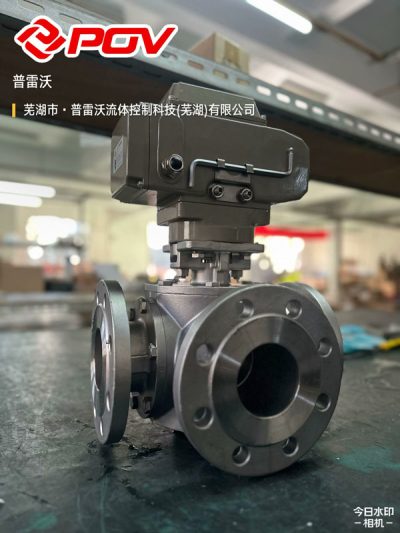
Example scenarios where precision is critical, such as relief pressure calculations for globe valves and pneumatic control valves.
Relief pressure calculations for globe valves and pneumatic control valves require precision to ensure proper system safety and functionality. Miscalculations can result in valves failing to activate at the correct pressure, potentially leading to overpressure conditions or system malfunctions. Accurate evaluation of pressure metrics like PSI and PSIG is necessary to align valve performance with the operational demands of the system.
Real-World Applications for PSIG and PSI in Pressure Systems
PSIG and PSI are vital in determining pressure levels in various systems, directly influencing valve applications. For example, PSIG is used to measure gauge pressure in systems incorporating pneumatic ball valves, electric ball valves, and pneumatic control valves. PSI, as an absolute measurement, is helpful for applications involving flanged ball valves, 3 way ball valves, and globe valves. Correctly using these units ensures precise operation and system compatibility.
Diagnostics and system maintenance using PSIG readings to evaluate components like flanged ball valves or 3 way ball valves.
Diagnostics and system maintenance using PSIG readings help evaluate components like flanged ball valves and 3-way ball valves by measuring pressure relative to atmospheric conditions. These readings support identifying potential issues or performance deviations in valves, ensuring they operate within the specified pressure range. Regular assessments using PSIG provide insights needed to maintain system stability and functionality.
Role of PSI and PSIG in ensuring reliability and safety in pressurized systems featuring pneumatic and electric valves.
PSI and PSIG play a critical role in maintaining reliability and safety in pressurized systems that use pneumatic and electric valves. PSI measures absolute pressure, including atmospheric conditions, while PSIG measures pressure relative to the atmosphere. Using the correct metric allows operators to calibrate valves to operate within safe parameters, preventing overpressure situations and ensuring consistent system performance.

Selecting the Right Valve for Pressure Systems Based on PSIG
Selecting the right valve for pressure systems based on PSIG ensures accurate performance and safety. PSIG measurements help identify suitable options like flanged ball valves, pneumatic ball valves, 3 way ball valves, and electric ball valves. Considering the specific pressure gauge value allows for precise valve matching, optimizing system efficiency and reliability.
Practical tips for choosing industrial valves, from globe valves to flanged ball valves, that meet specific PSIG system requirements.
Selecting industrial valves for systems with specific PSIG requirements involves reviewing operating pressure ranges and application demands. For globe valves, consider their capacity for flow regulation under the defined PSIG levels. For flanged ball valves, evaluate their sealing performance and compatibility with the pressure conditions. Ensuring the valve’s pressure rating aligns with the system’s PSIG readings helps maintain operational efficiency and prevent pressure-related issues.
How manufacturers account for PSIG in the design of specialized valves such as pneumatic control or electric ball valves.
Manufacturers account for PSIG by designing specialized valves like pneumatic control and electric ball valves to operate within defined pressure ranges relative to atmospheric pressure. Material selection, structural strength, and sealing mechanisms are tailored to prevent failure under specific PSIG conditions. These design considerations ensure the valves meet system demands and maintain consistent performance.
FAQ psig vs psi
Q1: What is the key difference between PSIG vs PSI in pressure measurement for valves like ball valves or gate valves?
A: PSI represents absolute pressure, measuring pressure including atmospheric conditions, while PSIG measures gauge pressure, excluding the atmospheric component. When selecting components like ball valves or gate valves, understanding whether to use PSIG or PSI ensures the valve’s performance aligns with the system’s actual pressure conditions.
Q2: How does PSIG affect the calibration of pneumatic valves and electric valves?
A: PSIG is particularly important in calibrating pneumatic valves and electric valves, as it measures pressure relative to atmospheric pressure. Accurate PSIG readings ensure that these valves function within the required parameters, preventing issues like overpressurization or system inefficiencies.
Q3: Why is it important to use the correct pressure metric, like PSIG or PSI, for butterfly valves?
A: Using the correct pressure metric helps match a butterfly valve’s design specifications to the system’s pressure requirements. PSIG is often used for operations where pressure relative to the atmosphere is a factor, ensuring the butterfly valve operates efficiently without compromising system reliability.
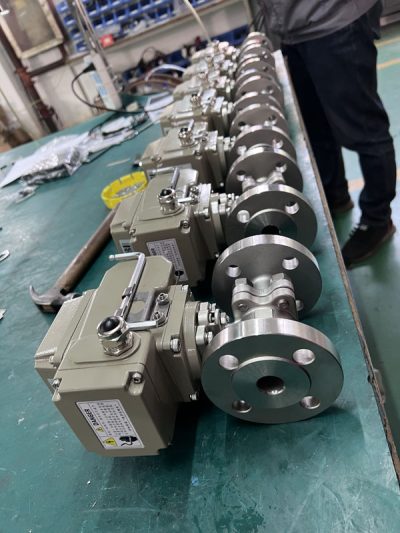
Conclusion psig vs psi
Understanding the differences between PSIG and PSI is essential for selecting and maintaining the right components in pressurized systems. These metrics directly impact the performance and reliability of various valve types, including the flanged ball valve, pneumatic ball valve, 3 way ball valve, and electric ball valve. For applications requiring precise flow control, options like the globe valve and pneumatic control valve are engineered with specific pressure metrics in mind to ensure compatibility and efficiency. By properly accounting for PSIG and PSI in system design and component selection, operators can enhance operational safety and maintain consistent performance across industrial applications.

